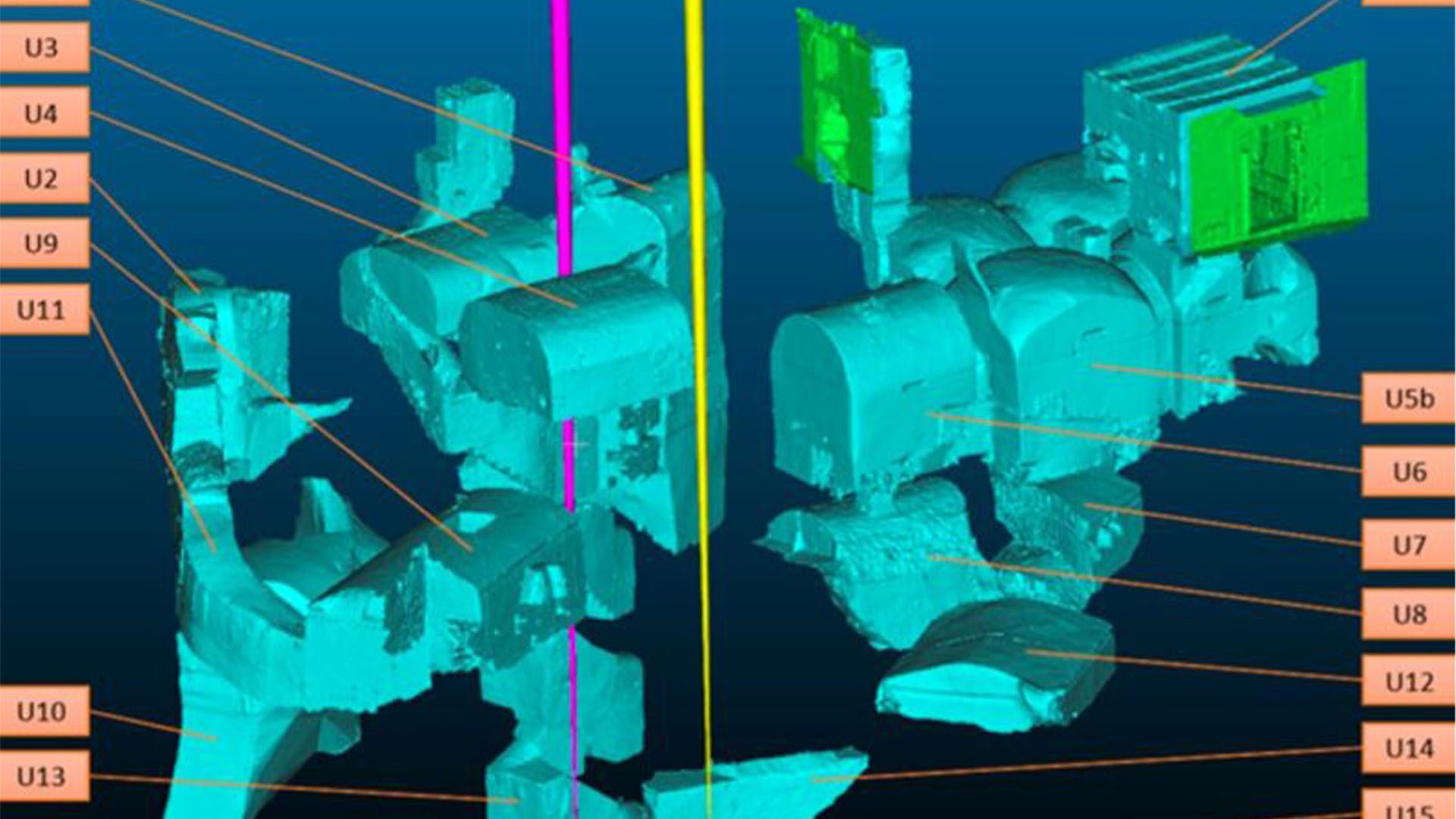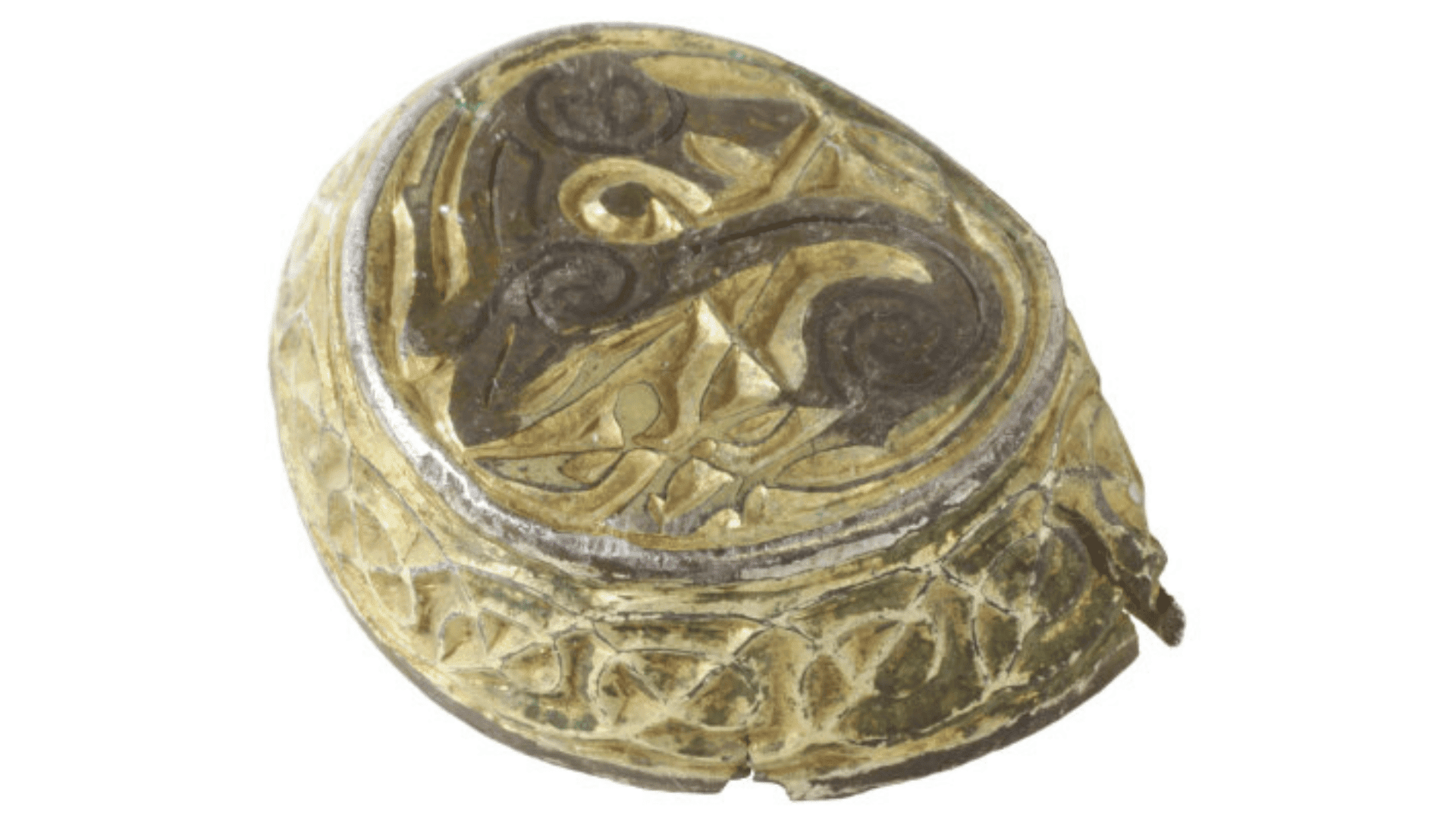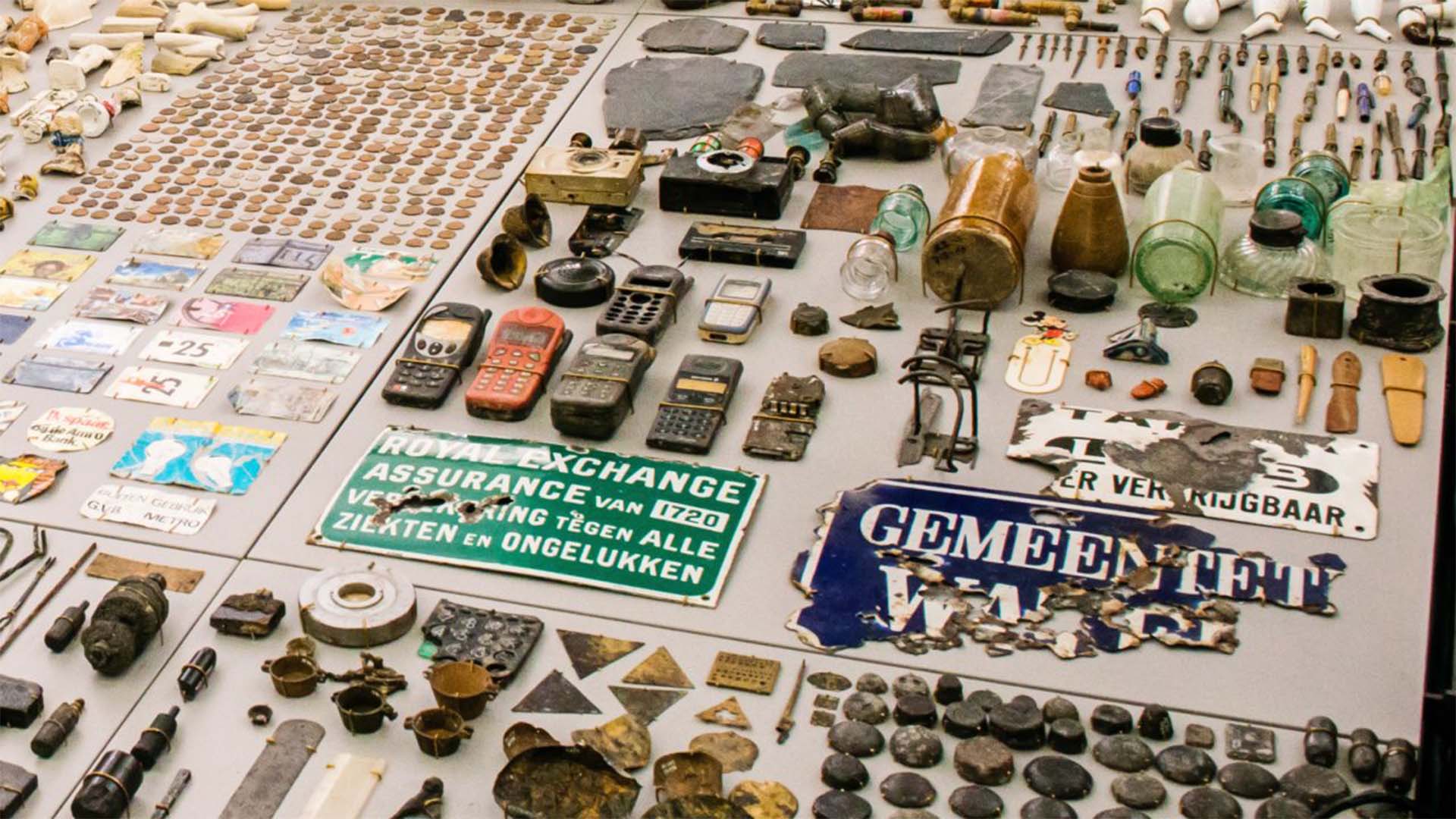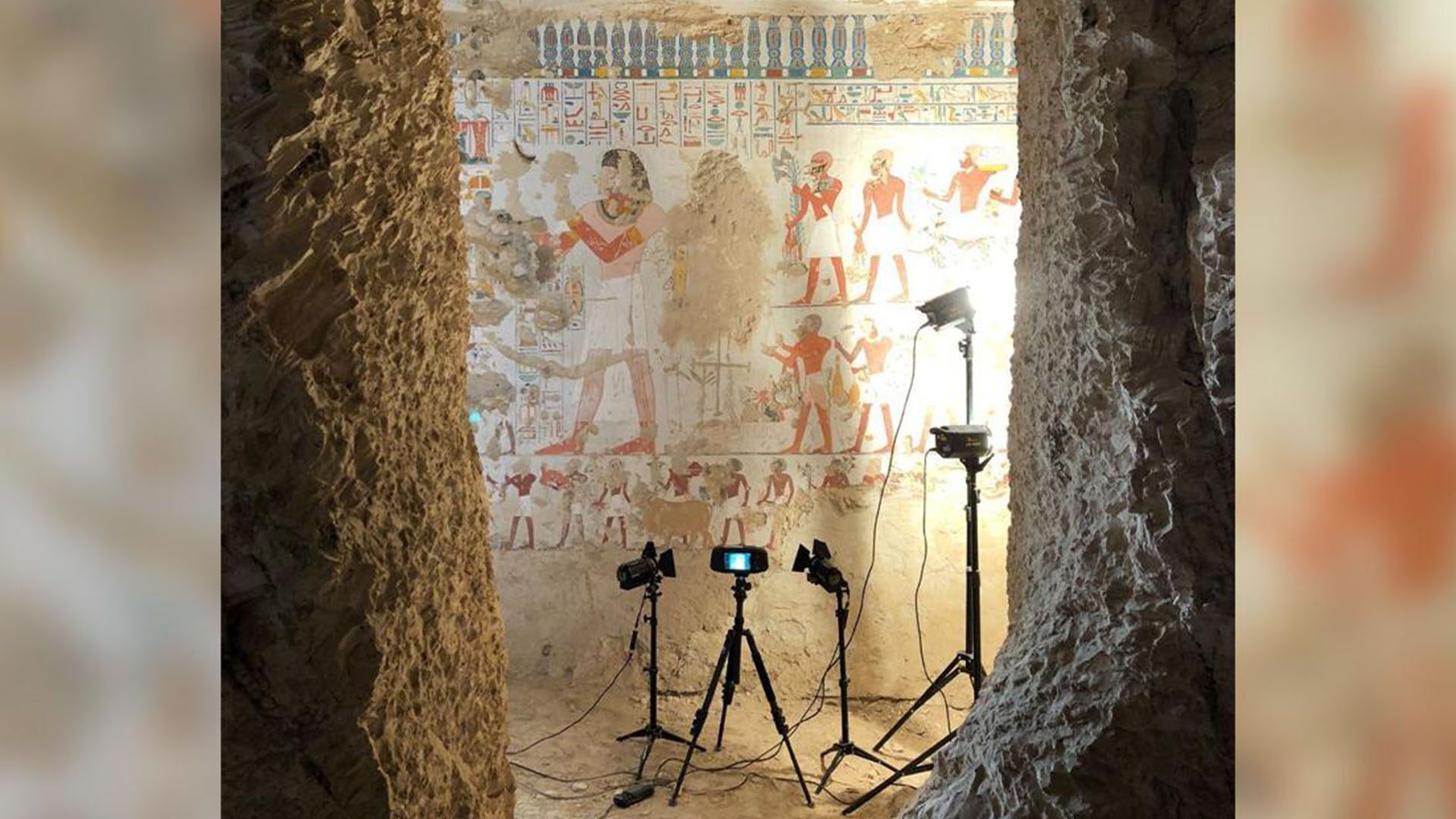Scientists in Iceland want to drill into an underground magma chamber, which could allow them to generate geothermal energy and gain insights into how volcanoes work.
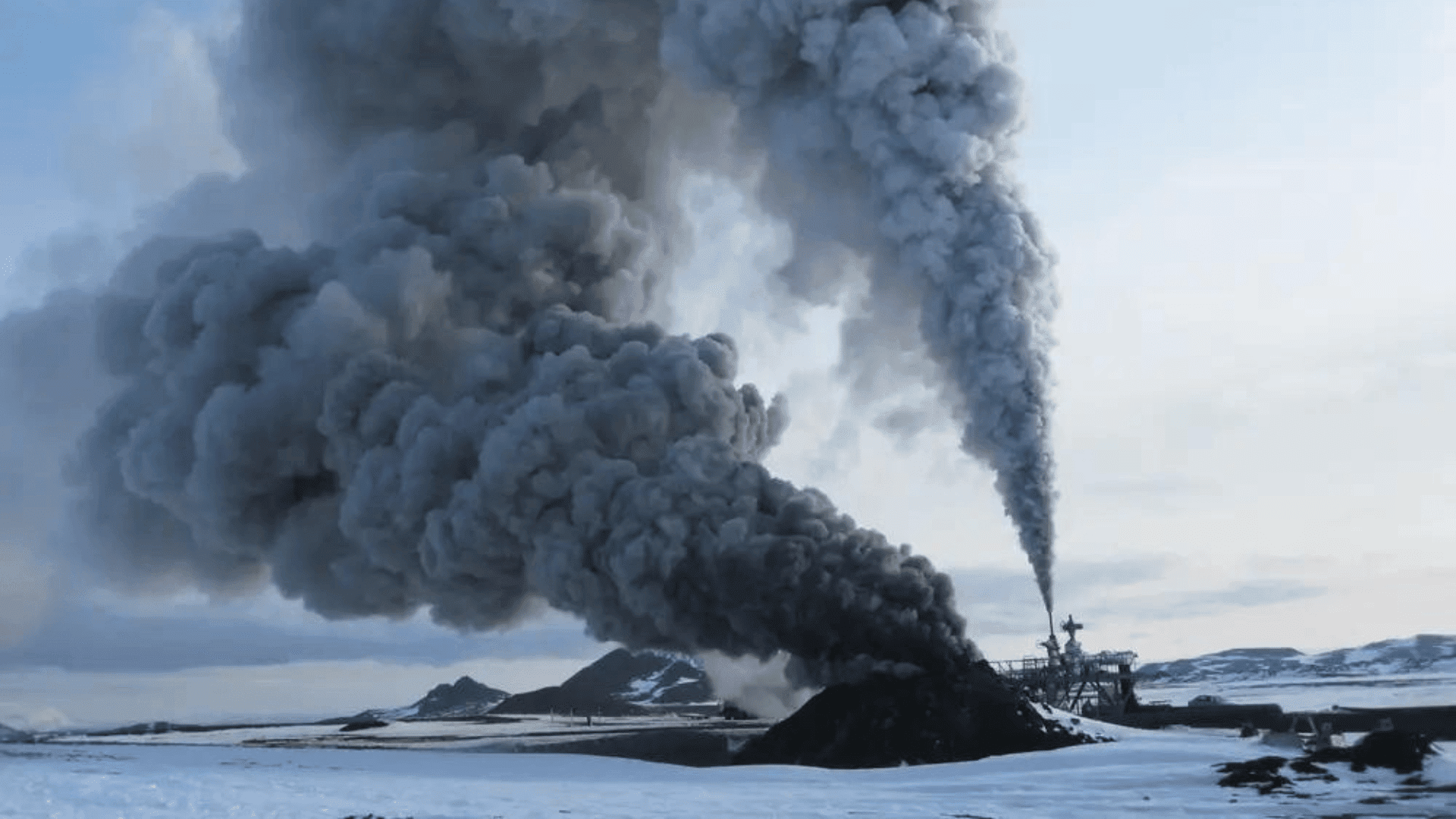
The Krafla Magma Testbed (KMT) aims to create the world’s first research center above a magma chamber to monitor, sample, and test the molten rock in situ for the first time.
“Magma within the Earth is the last unexplored frontier,” stated KMT’s Hjalti Páll Ingólfsson.
Magma chambers are pools of molten rock located in the Earth’s crust that can create volcanoes if they reach the surface. They are very difficult to study because it’s hard to locate and track them ahead of an eruption with surface equipment.
“We don’t have any direct knowledge of what magma chambers look like, which is crucial in understanding volcanoes of course,” stated Paolo Papale at Italy’s National Institute of Geophysics and Volcanology in Pisa, who has written on the subject.
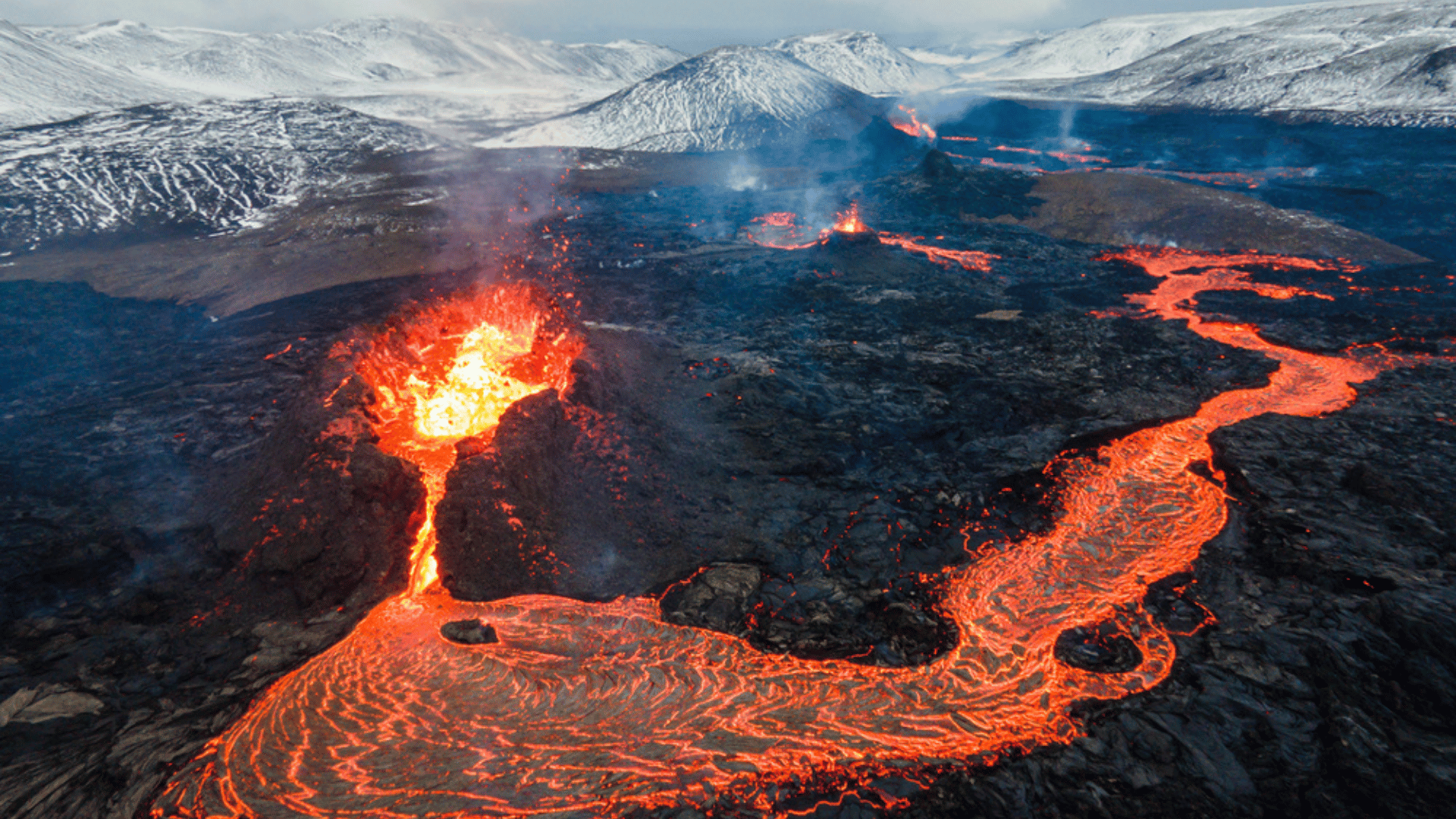
This potential candidate for the study was originally identified in 2009 approximately 2.5 miles beneath Krafla in Northern Iceland. Although they weren’t able to thoroughly study the magma chamber then, KMT wants to study it now with the help of some new engineering tricks.
The site is ideal for study because the magma is old and gloopy, which means it’s unlikely to create an eruption or flow out of the well. And, because it’s so close to the volcano, any small tremors created by the scientists are unlikely to make an impact.
One of the biggest challenges for researchers will be to drill straight into the magma while also protecting the equipment. Their proposed solution is to freeze the magma solid using water to create a “sock or pocket” of frozen glassy rock.
“It’s bloody hot. And that means the materials you’ll use for drilling are not right to those sorts of temperatures,” said Jon Gluyas, a professor of Earth sciences at Durham University.
Explore Tomorrow's World from your inbox
Get the latest science, technology, and sustainability content delivered to your inbox.
I understand that by providing my email address, I agree to receive emails from Tomorrow's World Today. I understand that I may opt out of receiving such communications at any time.
Once it’s big enough, the drill will be removed which will create a small cavity inside the chamber to deposit monitoring equipment before it collapses. This should allow scientists to get a temperature reading from inside the magma chamber, which has never been done before.
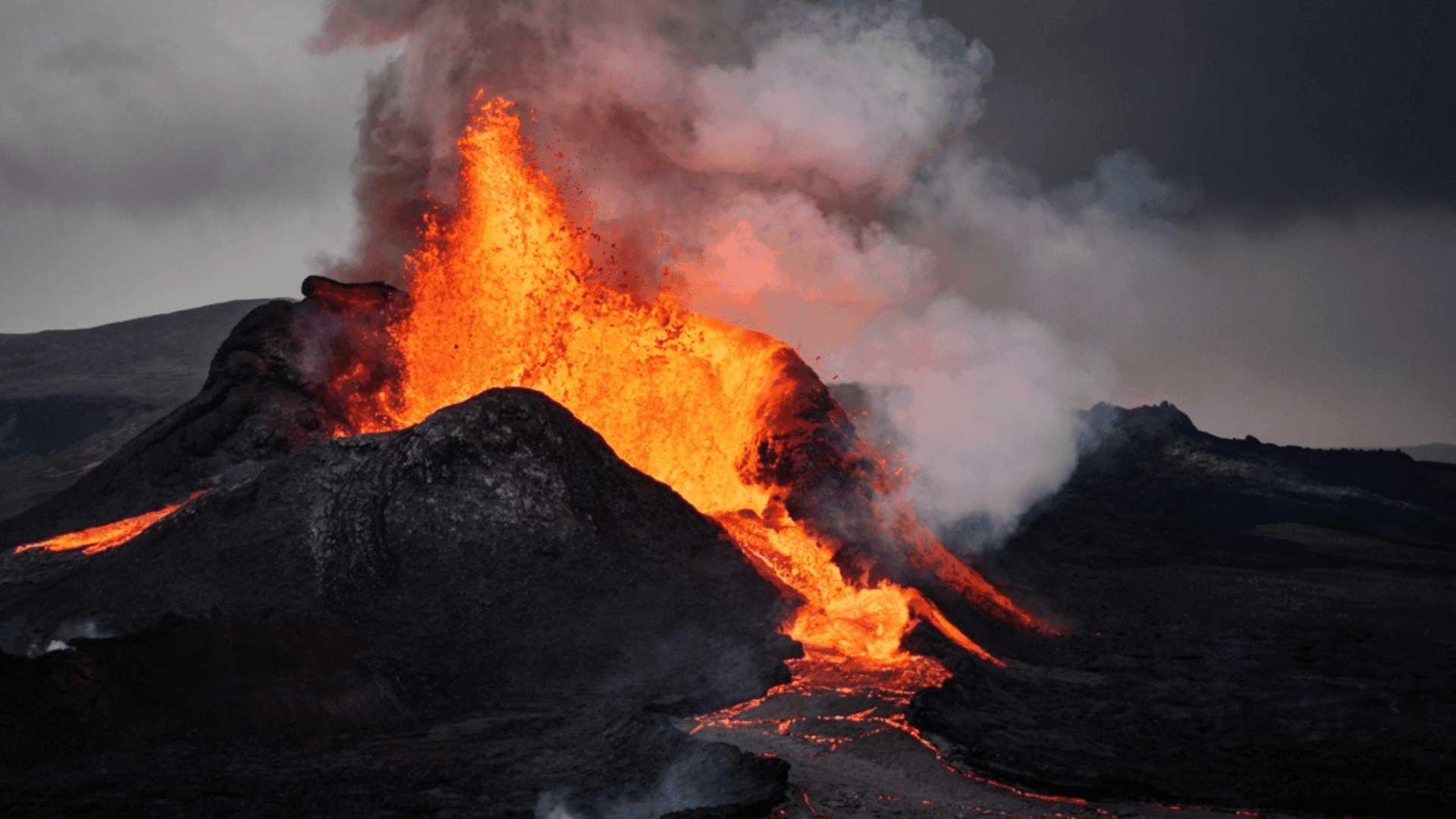
“Will it work? That’s definitely a challenge,” said Ingólfsson. “We think we have the equipment, we have the solutions, but it’s very difficult to test those or get those accurate unless doing it in a real environment.”
Another issue will be keeping the rigging up, which is crucial as KMT wants the boreholes to remain open. The pipes that line the hole need to face extremely high temperatures and acidic environments that can eat at the metal.
“We are working on selecting the right materials and finding out what is the best way to design these things so they will fit and survive,” said Ingólfsson.
KMT also plans to dig a second hold dedicated to geothermal research, expecting that one well on a magma chamber could prove as productive as 10 wells elsewhere. If this experiment is successful, this could offer a series of new insights regarding volcanic activity.
“There’s loads of fundamental science which will come out of it and there’ll be unexpected bonuses, but there is a practical piece of this, which is better understanding of the way the Earth behaves and therefore better preparedness for potential natural disasters,” said Gluyas, who is the president of the Global Geothermal Energy Advancement Association.



